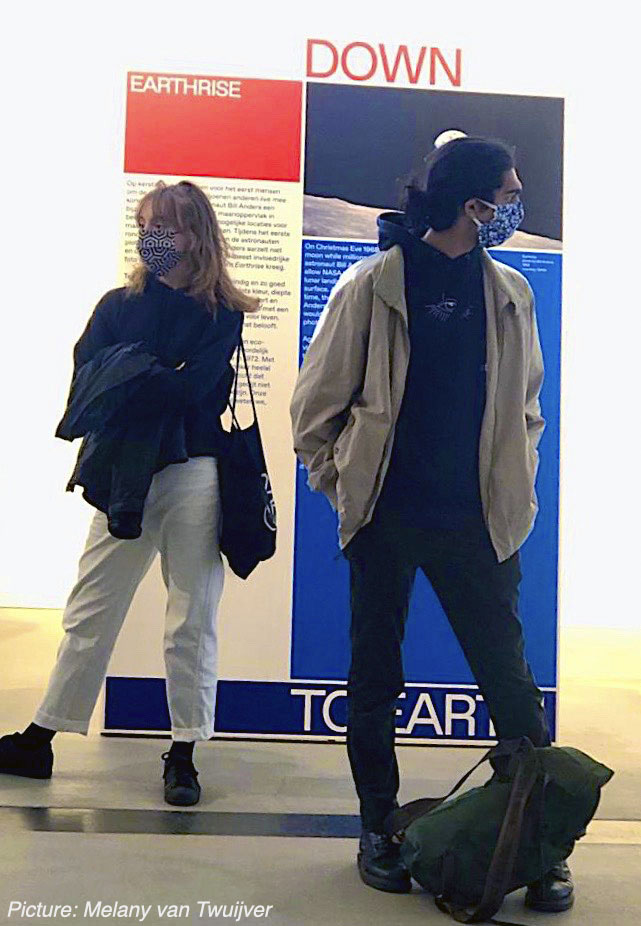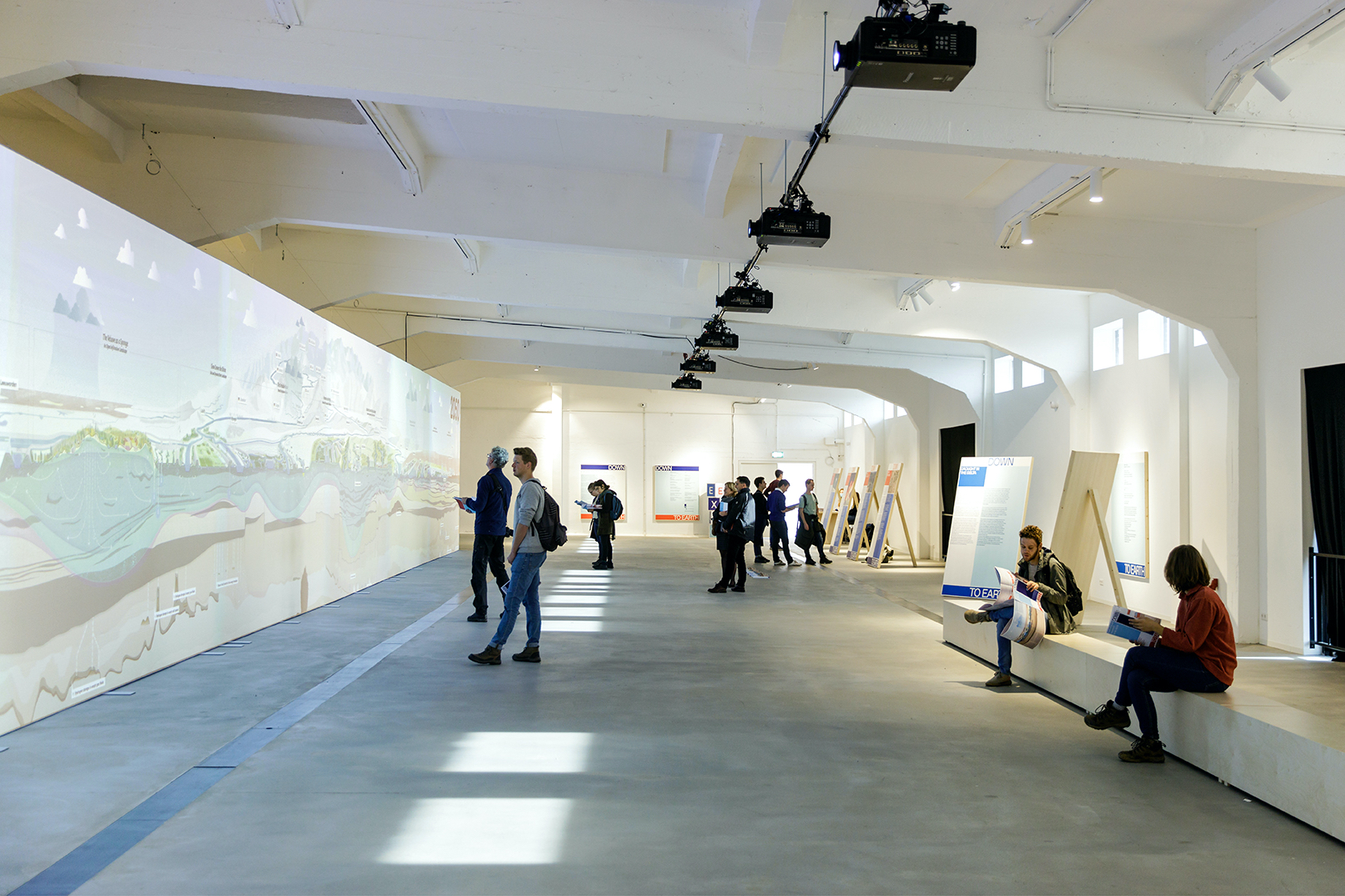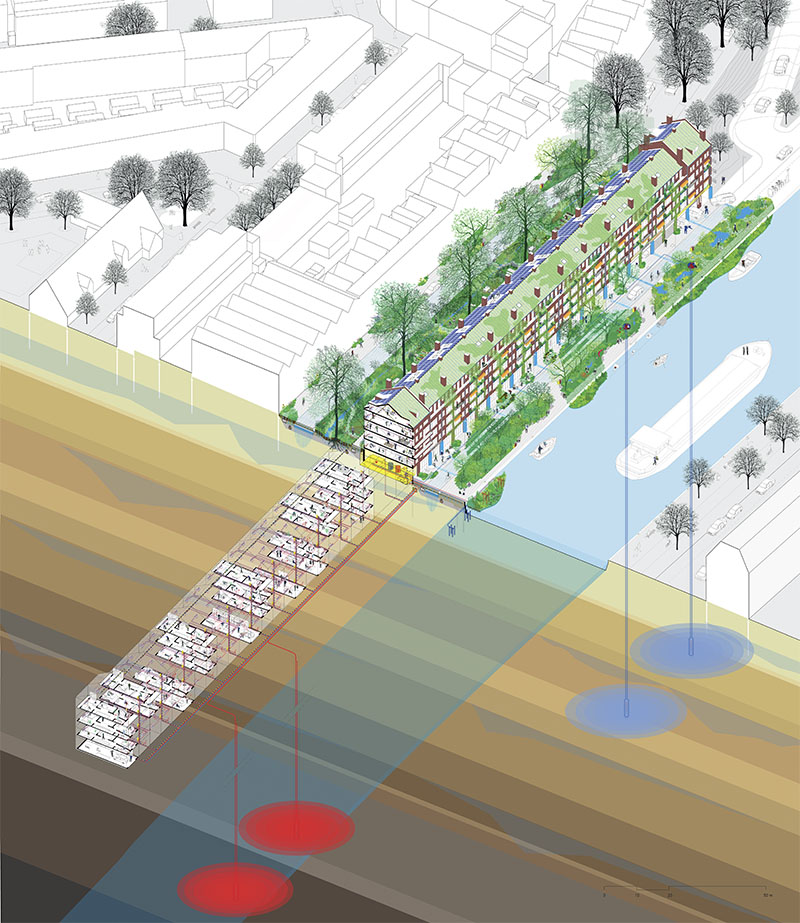November 6, 2020
|
|
|
| DOWN TO EARTH: AN UPDATE | These aren’t happy days. When I talk to friends and colleagues, the impression I get is that the pandemic is now starting to really wreak havoc on our lives. The collateral damage will be the subject of future novels and history books. Meanwhile – and this is not going to somehow disappear because the world’s come to a sort of standstill – climate change is increasingly wreaking havoc on our biosphere. Which sometimes makes me wonder whether there’ll be any future books at all.
That’s a bleak outlook, I admit, and what’s happening this week in the United States hasn’t helped. We’re looking at another four years lost. As I write this, it looks like Biden has found his narrow path to victory, but there’s not much he will be able to do in terms of real transformative change – insofar as that was ever on his agenda. He will most probably face persistent sabotage by a Republican Senate and a rigged Supreme Court. And you may not have noticed because it was buried in all the news, as it probably was meant to be, but the day after the elections was also the day the United States officially withdrew from the Paris Climate Agreement. Biden, if inaugurated, will recommit. But sweeping climate action, let alone a green new deal, is unlikely. The election did not produce the outcome that the planet needed.
Another four years lost is not something we can afford. In 2018, scientists from all over the world have sounded the alarm: to avoid catastrophe, human societies have till about 2030 to completely transform the way energy and land is used. Change, they said, is urgently needed and on a scale for which ‘there is no documented historical precedent’. Since that warning, the evidence has continued to pile up. It’s exceedingly clear that we have to act – now.
 It’s this uncanny sense of living on a damaged planet that drives the current biennale, DOWN TO EARTH. For this I refer you to my Curator Statement on our website. Here I want to emphasize that this feeling of urgency also drives us at IABR. We’ve not been pulling any plugs. In spite of the virus, there actually is a biennale. We adapted and found a way of getting the show on the road – a genuine team effort. We’ve expanded the biennale into a season instead of doing all of the exhibits and events in a very concentrated period of time and it feels surprisingly much as it should be. It’s like a long drive down a country road – not a leisurely one, but a welcome escape nevertheless from the traffic jam that a biennale normally is. So, crucially, our response to the pandemic seems to make sense. We miss many of you, especially all our friends from abroad, yet it’s not a bad way to progressively display the results of all the research that we’ve done over the past three years. Which makes DOWN TO EARTH very much a work in progress. I hope the circumstances allow us to invite everyone by the time the work is finished and to end the biennale with a bang. It’s this uncanny sense of living on a damaged planet that drives the current biennale, DOWN TO EARTH. For this I refer you to my Curator Statement on our website. Here I want to emphasize that this feeling of urgency also drives us at IABR. We’ve not been pulling any plugs. In spite of the virus, there actually is a biennale. We adapted and found a way of getting the show on the road – a genuine team effort. We’ve expanded the biennale into a season instead of doing all of the exhibits and events in a very concentrated period of time and it feels surprisingly much as it should be. It’s like a long drive down a country road – not a leisurely one, but a welcome escape nevertheless from the traffic jam that a biennale normally is. So, crucially, our response to the pandemic seems to make sense. We miss many of you, especially all our friends from abroad, yet it’s not a bad way to progressively display the results of all the research that we’ve done over the past three years. Which makes DOWN TO EARTH very much a work in progress. I hope the circumstances allow us to invite everyone by the time the work is finished and to end the biennale with a bang.
George Brugmans
chief curator DOWN TO EARTH
|
|
|
| Previously in DOWN TO EARTH |  | | Picture: Aad Hoogendoorn | The DROUGHT IN THE DELTA exhibition that closed on November 1 – this season’s episode one, if you want – did well, given the circumstances. Especially in its first weeks, before the lockdown rules were tightened up again, a surprisingly large number of folks showed up. Later, conditions having become less favorable, fewer came of course but we still got really good feedback. What’s unfortunate is that the planned work visit of the Minister of Infrastructure and Water Management had to be cancelled because of the lockdown. Cora van Nieuwenhuizen is, in fact, the first ever minister of drought of the Dutch Delta, and we were keen to present the results of two years of our research, by lead designer Marco Vermeulen and his team, to the government. However, the exhibition now over, we’ve started laying the groundwork for a re-edit of the exhibition’s centerpiece, a 35-m-wide animation of the Delta’s challenges and solution directions, to a 16:9 format that we can put on the website and stream, and that can be projected in meetings, gatherings, webinars, and what have you. To advance concrete ways to re-design the Dutch water machine back into a resilient delta.
|
|
|
| No energy transition without a transition in ownership |  | | Housing Block along the Schie, Case Study for the LEAP © IABR, OOZE | The transition to renewable energy is urgent, but also almost unimaginably far-reaching. Our use of and access to energy has an impact not only on our economy but also on our culture. What we’re now witnessing is the era of petroculture, the feast of fossil expressionism, coming to an end. That makes the energy transition the elephant in the room of politics. It is therefore crucial that we reconsider ownership of the transition to a sustainable energy supply. No energy transition without a transition in ownership.
Energy was once – and can again become, we believe – part of the commons: that which belongs to us all and that we take care of together. And why not, the sun and the wind belong to anyone. But how can this be achieved? How can citizens become the co-owners of a new energy system and what will that require? What is the relationship between the energy transition and a sustainable social agenda? How can we smartly link the energy system to the local economy? And at what spatial scale can such issues best be addressed?
These are timely questions to ask. In the Netherlands, according to the National Climate Agreement of 2019, circa 5,000 districts will have to become gas-free. Initial experience shows that this is not at all easy. There are many complications, for instance with implementation and, above all, financing. Actually, we just don’t know how to wean our districts off of natural gas.
These days all dates are subject to change, but we plan to open DOWN TO EARTH’s second exhibition, WHOSE ENERGY IS IT, ANYWAY? on 20 November.
Building on more than three years of research in the IABR–Atelier Rotterdam, the exhibition, curated by George Brugmans (IABR), Eva Pfannes (Ooze Architects and Urbanists) and Thijs van Spaandonk (Bright), proposes answers to some of the above questions. A solid exhibition with a clear argument, it’s built around research results, and proposes a comprehensive strategy for a LEAP, a Local Energy Action Plan.
|
|
|
|
You are receiving this newsletter because you have either signed up for it or expressed an interest in the activities of the IABR in some other way. If you don't want to receive this newsletter (any longer), you can unsubscribe below. We will then destroy the personal data that we hold about you: no hard feelings!
|

|
|

 It’s this uncanny sense of living on a damaged planet that drives the current biennale, DOWN TO EARTH. For this I refer you to my
It’s this uncanny sense of living on a damaged planet that drives the current biennale, DOWN TO EARTH. For this I refer you to my 

